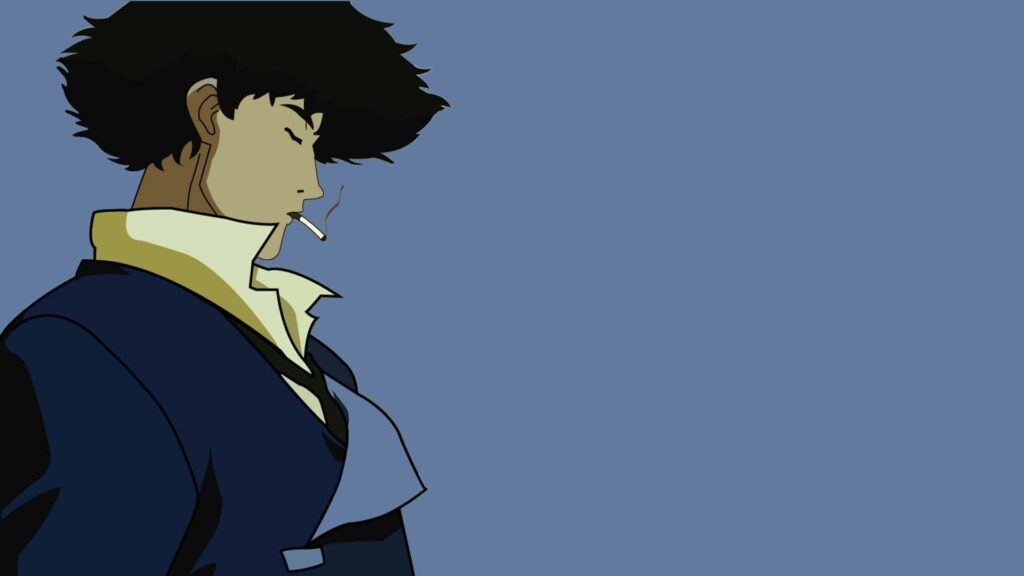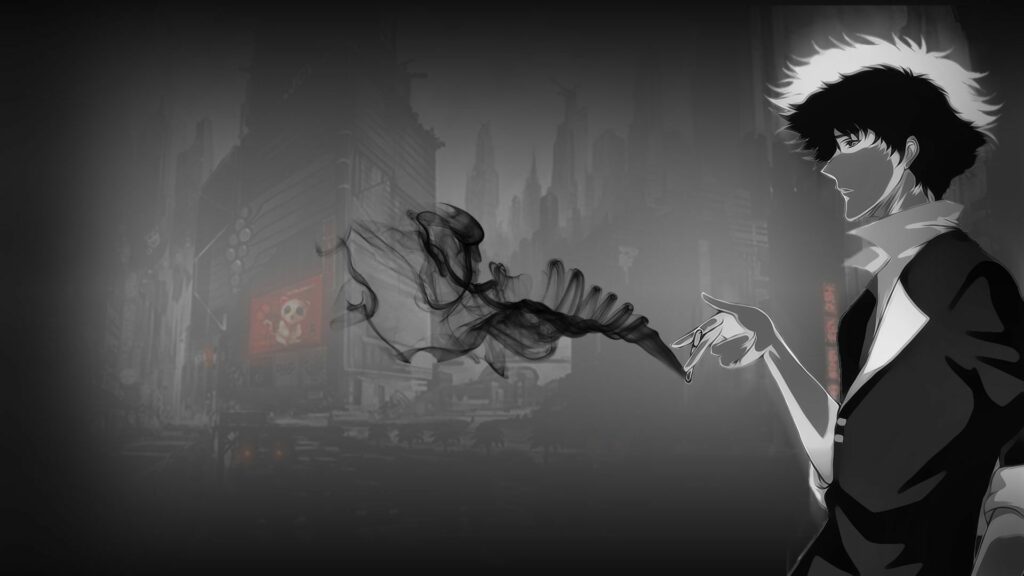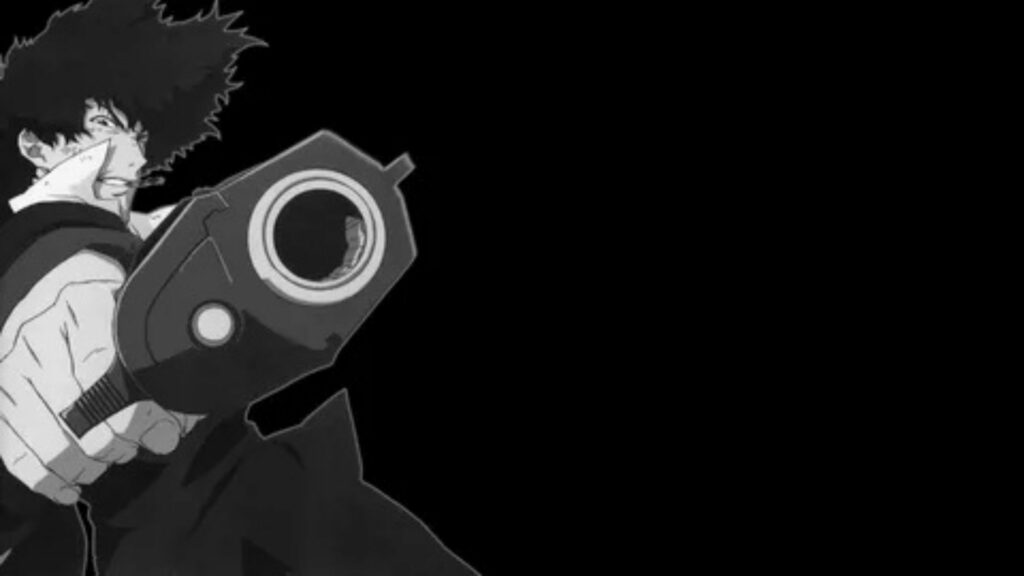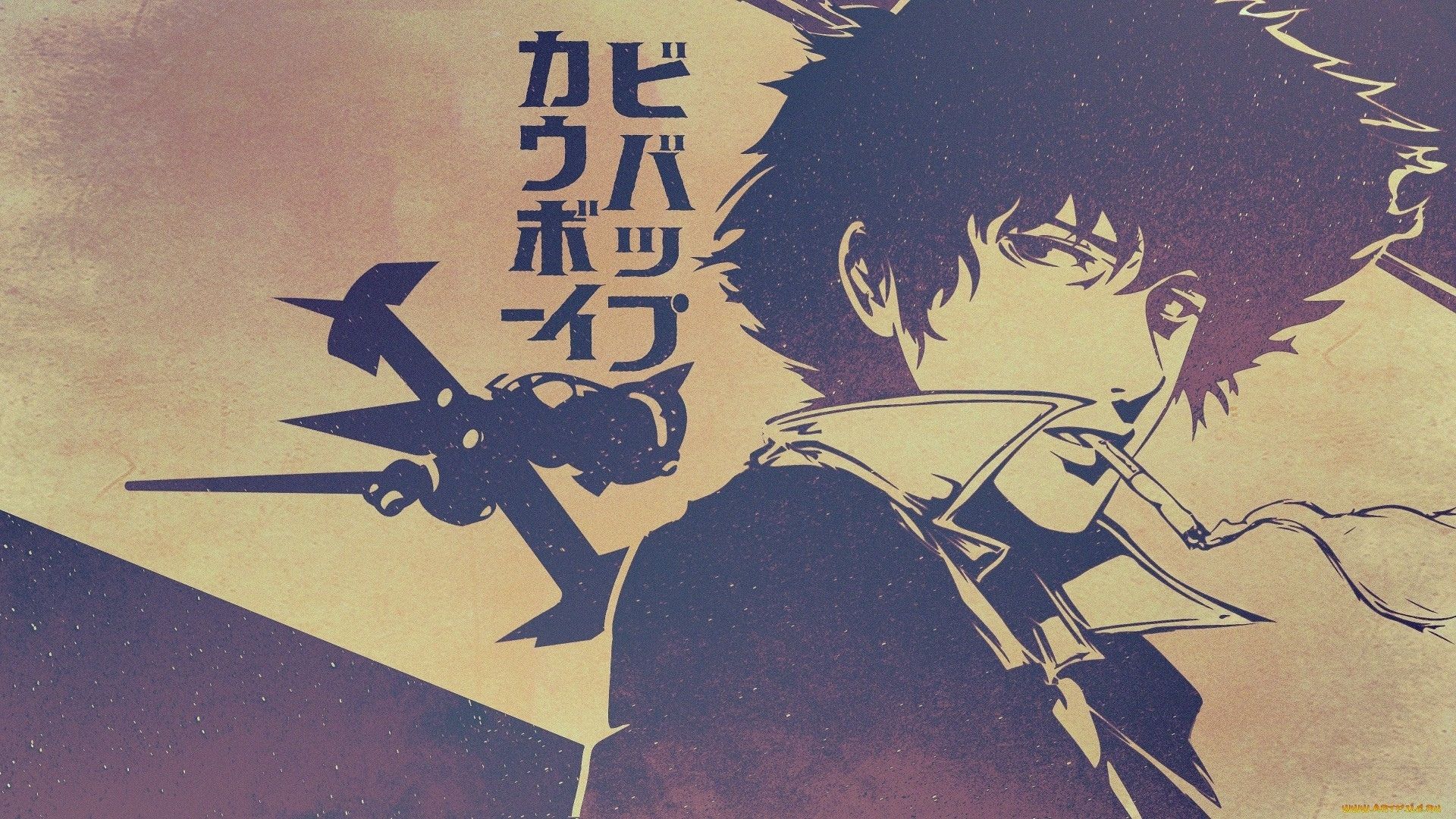When Shinichiro Watanabe’s space western masterpiece Cowboy Bebop premiered in 1998, it revolutionized anime not just through its sophisticated storytelling and unique visual aesthetic, but perhaps most memorably through its groundbreaking musical approach. The series’ innovative integration of jazz, blues, rock, and other musical genres created a sonic landscape that was unprecedented in anime at the time and remains unmatched in many ways even today. This exploration delves into how Cowboy Bebop’s musical foundation elevated the series to legendary status and created a perfect harmony between jazz and animation.
Yoko Kanno: The Compositional Genius
At the heart of Cowboy Bebop’s musical success stands composer Yoko Kanno and her band The Seatbelts, formed specifically for the series. Kanno’s approach to scoring Cowboy Bebop was revolutionary in that she didn’t simply create background music to complement the action—she composed a musical universe that stood on its own artistic merit while simultaneously enhancing the narrative.

Kanno’s genius lies in her versatility and authentic understanding of diverse musical genres. Rather than creating “anime music with jazz influences,” she composed genuine jazz, blues, rock, and electronic pieces that could stand alongside the works of genre masters. Her compositions range from the frenetic bebop of the opening theme “Tank!” to the melancholic blues of “Space Lion,” the hard rock energy of “What Planet Is This?!” to the ethereal folk qualities of “Green Bird.”
What makes this achievement even more remarkable is that Kanno reportedly composed much of the music before seeing the actual animation. Watanabe would then direct scenes to match the emotional tenor and rhythm of Kanno’s compositions, inverting the traditional process of scoring to animation. This unique workflow created a symbiotic relationship between music and visuals that feels organic rather than forced.
“Tank!”: The Iconic Opening That Defined a Series
Few anime openings have achieved the iconic status of Cowboy Bebop’s “Tank!” Composed in the bebop jazz style that gives the series its name, this instrumental tour de force establishes the show’s identity within its first few seconds. The opening brass hits command attention, while the driving rhythm section creates an immediate sense of forward momentum.
“Tank!” exemplifies how jazz functions within the series—it’s improvisational yet structured, chaotic yet precise, just like the lives of the Bebop crew. The saxophone solo in the middle section captures the essence of bebop: technical virtuosity, harmonic complexity, and a sense of playing at the edge of control.
The opening sequence paired with this music also establishes the visual language of the series—silhouettes, stylized action, film noir-inspired compositions—all moving in perfect synchronization with the music. This marriage of sound and image creates a complete aesthetic experience that prepares viewers for the unique world they’re about to enter.

Character Themes: Musical Characterization
One of Cowboy Bebop’s most effective uses of music is in character development. Each main character has associated musical themes that reflect their personality, background, and emotional state:
Spike Spiegel is often accompanied by cool jazz and blues pieces that reflect his outwardly relaxed demeanor but hint at a turbulent past. “Rush,” with its smooth saxophone lines and underlying tension, perfectly captures Spike’s contradictions.
Faye Valentine’s themes often incorporate sultry vocals and Latin influences, as in “The Real Folk Blues,” reflecting her femme fatale appearance but with undercurrents of melancholy that hint at her lost identity.
Jet Black is represented by blues and more traditional jazz forms, particularly in “Pot City,” with its steady, reliable rhythm and nostalgic quality reflecting his role as the group’s anchor.
Edward brings chaotic, playful electronic elements, with tracks like “Mushroom Hunting” incorporating childlike vocals and unpredictable structures that mirror her eccentric personality.
Ein even has musical motifs that incorporate playful, quirky elements whenever the data dog’s intelligence is highlighted.
These musical characterizations go beyond simple leitmotifs—they create complete sonic personalities that deepen our understanding of each character without requiring explicit exposition.
Genre Fluidity: Beyond Just Jazz
While Cowboy Bebop is famous for its jazz foundation, the series’ soundtrack demonstrates remarkable genre fluidity, mirroring the show’s hybrid nature as a space western with noir, action, and comedy elements.
Episodes set on different planets often feature music that reflects the cultural atmosphere of those locations. The Mars episodes incorporate more urban jazz and blues, while Venus brings in more tropical and Latin influences. This approach creates a galactic musical diversity that makes the Cowboy Bebop universe feel expansive and culturally rich.
This genre-hopping serves narrative purposes as well. The heavy metal intensity of “Rain” accompanies Spike’s final confrontation with Vicious, shifting dramatically from his usual cool jazz themes to signal the abandonment of his carefully maintained façade. Similarly, the country-western influenced “Don’t Bother None” appears during more lighthearted bounty hunting sequences, creating a sonic callback to the western films that influence the series.

Musical Storytelling: When Music Becomes Narrative
Perhaps Cowboy Bebop’s most innovative aspect is how it elevates music from accompaniment to an active storytelling element. Entire sequences are built around musical pieces, with the action, editing, and emotional beats synchronized to the music’s structure.
The most powerful example is Session 5, “Ballad of Fallen Angels,” where Spike’s confrontation with Vicious in a cathedral is set to the classical piece “Green Bird.” The slow-motion sequence of Spike falling through a stained glass window, intercut with flashbacks, is paced precisely to the music’s ethereal vocals and building intensity. The sequence communicates Spike’s near-death experience and past trauma without a single word of dialogue, relying entirely on the interplay between visuals and music.
Similarly, the harmonica-driven blues of “Spokey Dokey” in Session 1 doesn’t just accompany the scene of Spike watching his bounty escape—it expresses his philosophical acceptance of life’s unpredictability in a way dialogue couldn’t capture as effectively.
Jazz Philosophy and Bebop Themes
Beyond its aesthetic function, jazz serves as a philosophical framework for Cowboy Bebop. Jazz, particularly bebop, is characterized by improvisation within structure—musicians follow chord progressions and forms while expressing individual freedom within those constraints.
This perfectly mirrors the existential themes of the series. The characters are constrained by their pasts and the harsh realities of their world, yet they improvise their way through life, finding moments of freedom and self-expression within those limitations. As Spike says, “Whatever happens, happens”—a philosophy that could just as easily apply to jazz improvisation as to his approach to life.
Bebop specifically was a revolutionary form of jazz that broke from swing era conventions, emphasizing virtuosity, harmonic complexity, and individuality. The Bebop crew are similarly revolutionaries and outsiders, refusing to conform to society’s expectations. They’re soloists trying to find their own voice in a universe that often seems indifferent to their existence.
Technical Innovation: Recording and Production
The technical aspects of Cowboy Bebop’s soundtrack also deserve recognition. Rather than using synthesized instruments or small ensembles as was common in anime production at the time, Kanno assembled a full band (The Seatbelts) with top-tier jazz musicians from Japan and around the world.
The recording quality of the soundtrack is exceptional, with the warm analog sound of real instruments captured with studio techniques more common to professional jazz albums than anime soundtracks. This attention to audio quality creates an immersive sonic experience that stands up even when separated from the visuals—evidenced by the soundtrack albums’ success as standalone music releases.

Legacy and Influence
Cowboy Bebop’s musical approach has had a lasting impact on anime and beyond:
It elevated expectations for anime soundtracks, encouraging more productions to invest in original, genre-diverse music rather than generic background scores.
It demonstrated how music could function as a core storytelling element rather than mere accompaniment, influencing series like Samurai Champloo (also directed by Watanabe with music by Nujabes) and Baccano! (with its jazz-age soundtrack).
It introduced many anime fans to jazz and blues, serving as a gateway to exploring these musical traditions.
It showed how animation could effectively visualize music, influencing music videos and other visual media.
The soundtrack’s enduring popularity has led to multiple album releases, concert performances by The Seatbelts, and even vinyl reissues decades after the series’ premiere—a testament to its standalone musical quality.
The Perfect Harmony
What makes Cowboy Bebop’s use of music so perfect is that it never feels forced or gimmicky. The jazz and blues elements aren’t simply stylistic choices to make the show “cool”—they’re integral to its thematic exploration of improvisation, freedom, loneliness, and the search for identity.
The music doesn’t just accompany the story of Spike, Jet, Faye, Edward, and Ein—it tells us things about them that words alone couldn’t express. It captures the melancholy of their disconnection, the adrenaline of their adventures, and the rare moments of harmony they find together.
In the final episode, as Spike walks up the stairs to his final confrontation, the bluesy piano of “Blue” plays, with the lyrics “Everything is clearer now / Life is just a dream you know.” This musical moment encapsulates the series’ philosophical heart more effectively than any dialogue could.
Cowboy Bebop reminds us that music isn’t just something we hear—it’s something we feel, something that can express the inexpressible. In bringing together the improvisational spirit of jazz with the visual possibilities of animation, the series created a perfect harmony that continues to resonate with audiences decades later.
As the final title card says: “You’re gonna carry that weight.” And indeed, the musical legacy of Cowboy Bebop is a weight that the anime industry continues to carry, a standard of excellence that few have matched but many aspire to.
See you, space cowboy…





